Growth Of DMCB
Branch
The Dhaka Mercantile Co-operative Bank Limited (DMCB) has over 152 Branches situated in all districts in Bangladesh. You may browse the branches by districts or pick your nearby branch directly from the list below. Following table of all DMCB branches will help you to have any particular branch address with location, telephone number and other related information.
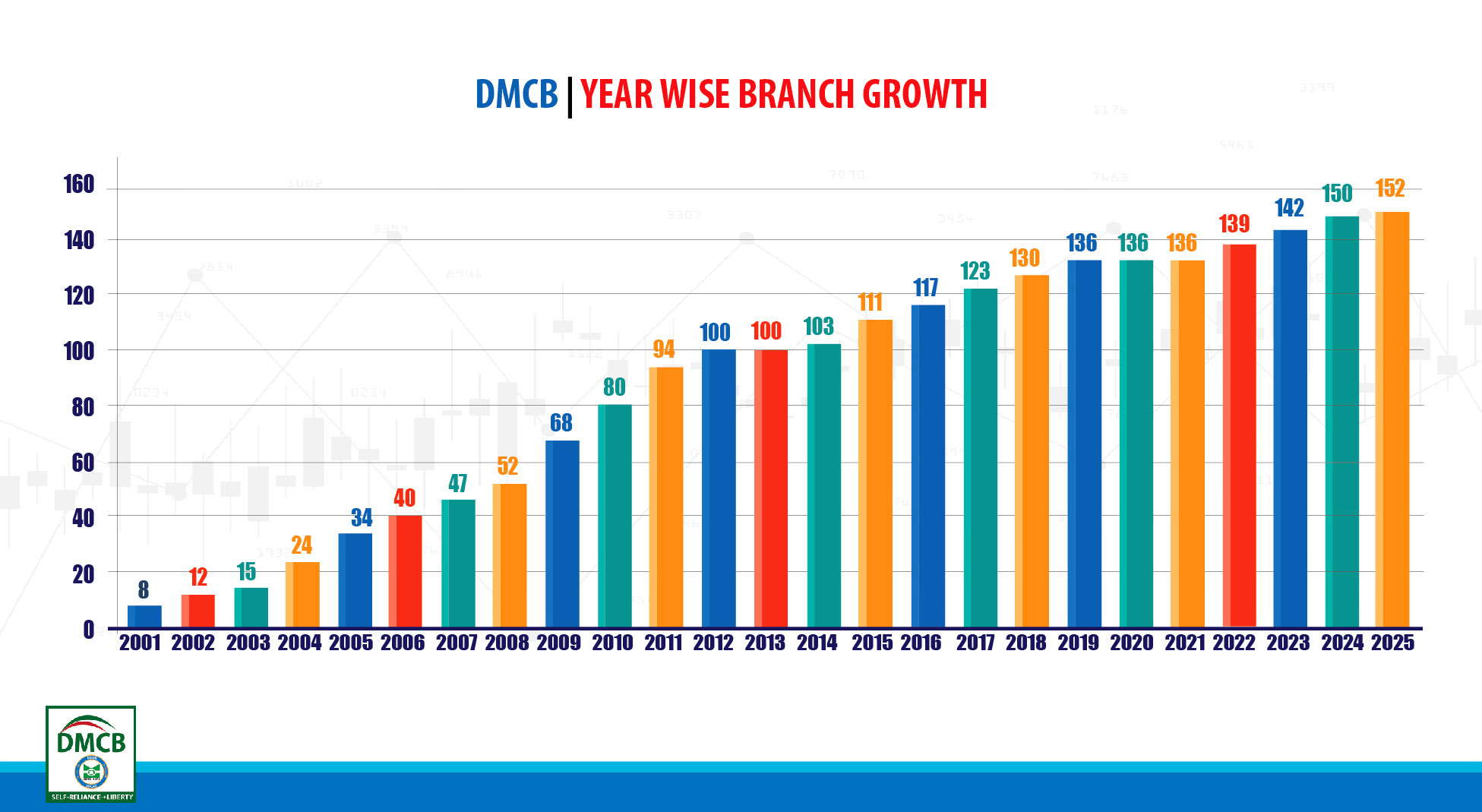
Employee
The Dhaka Mercantile Co-operative Bank Limited (DMCB) with over 4042 energetic and enthusiastic staff that thrive towards excellent service, sustainable profitability, and an overall socially responsible financial institution. We tend to create a congenial atmosphere for our customers to feel free and go easy with banking. We divide our Member-age into least possible individuals to impart the best attention, and we tailor made our services to meet special needs. The Bank has clear vision towards its ultimate destiny - to be the best amongst the top Co-operative financial institutions.
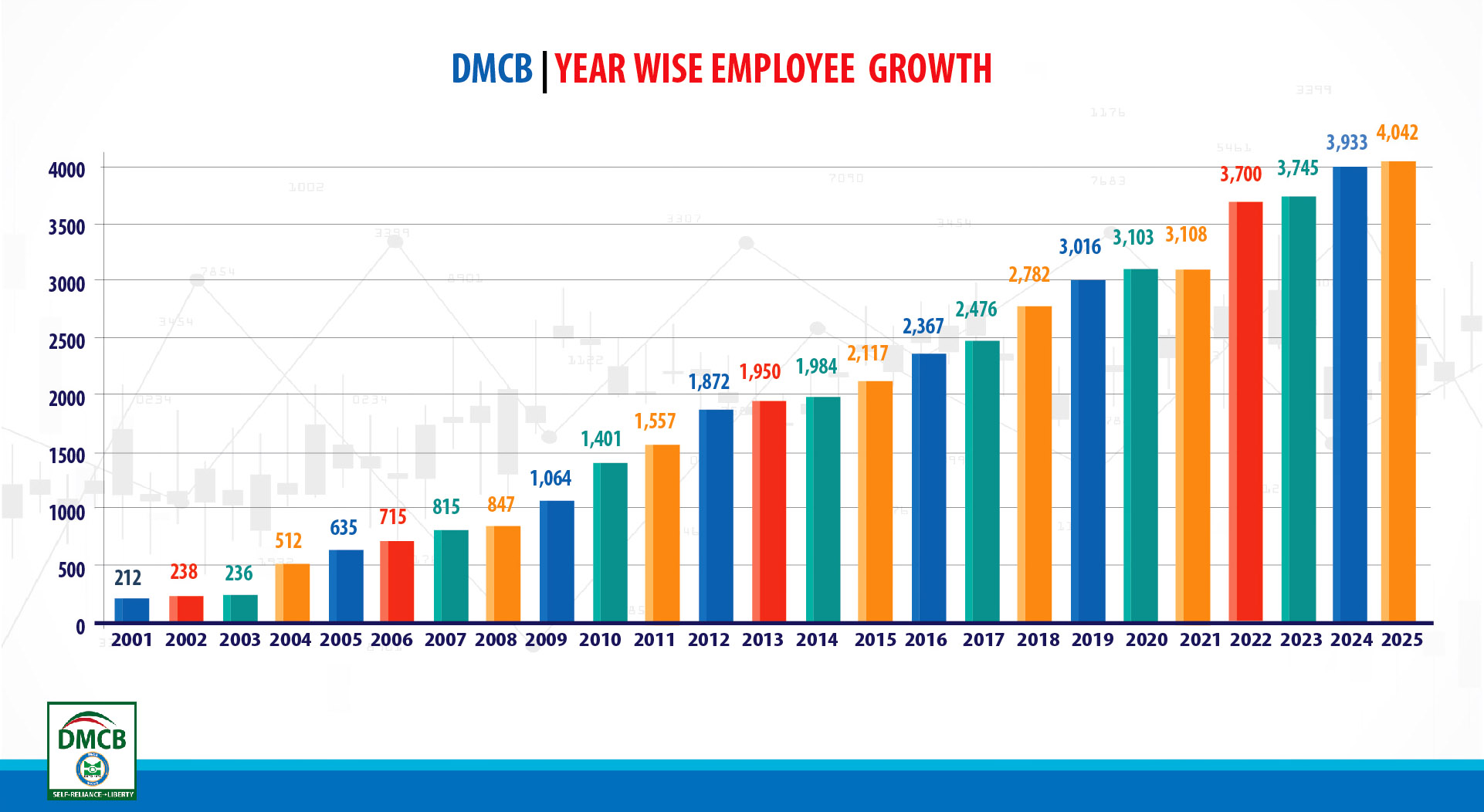
Salary
A salary is a form of payment from an employer to an employee, which may be specified in an employment contract. It is contrasted with piece wages, where each job, hour, or other unit is paid separately, rather than on a periodic basis. From the point of view of running a business, salary can also be viewed as the cost of acquiring and retaining human resources for running operations, and is then termed personnel expense or salary expense. In accounting, salaries are recorded on payroll accounts.

Deposits
A deposit account is a savings account, current account or any other type of bank account that allows money to be deposited and withdrawn by the account holder. These transactions are recorded on the bank's books, and the resulting balance is recorded as a liability for the bank and represents the amount owed by the bank to the customer. Some banks may charge a fee for this service, while others may pay the customer interest on the funds deposited.
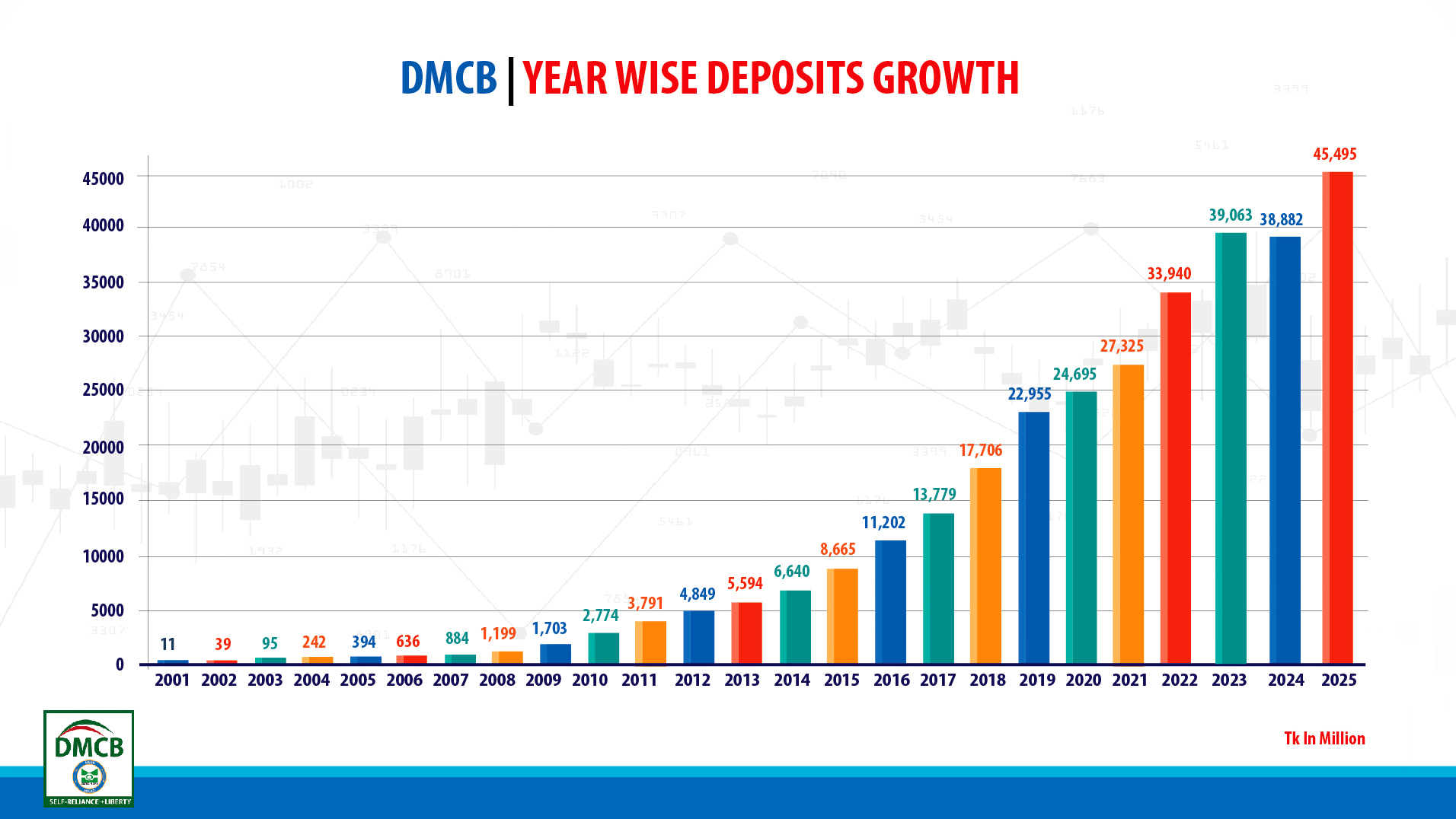
Investment
Micro Investment is the extension of very small loans (micro investment) to impoverished borrowers who typically lack collateral, steady employment and a verifiable credit history limitation of both sides. Image left It is designed not only to support entrepreneurship and alleviate poverty, but also in many cases to empower women and uplift entire communities by extension. Micro Investment is a division of micro-finance, which is the provision of a wider range of financial services, especially savings accounts, to the poor.
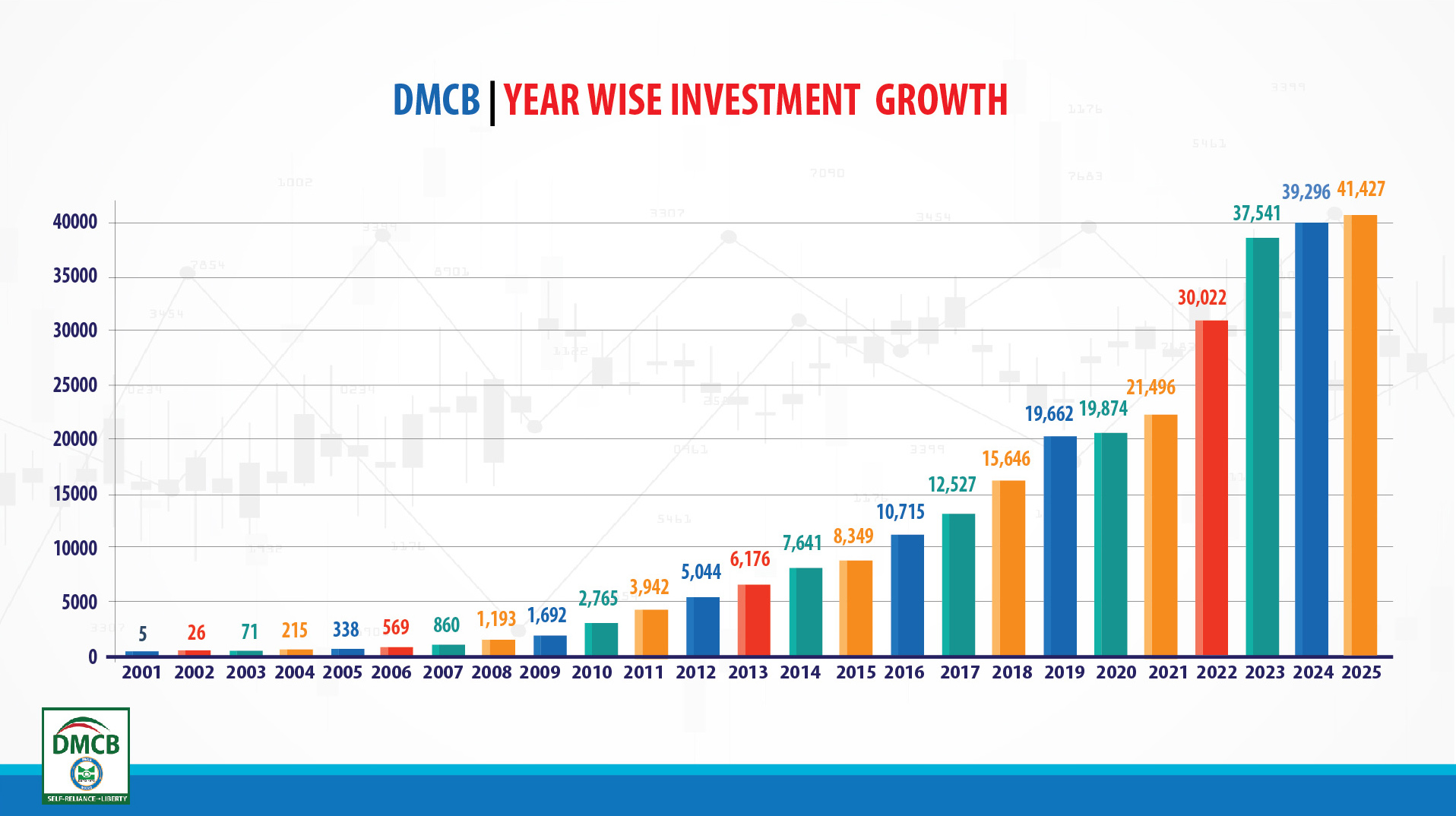
Disbursement
Disbursement is the act of paying out or disbursing money. Examples of disbursements include money paid out to run a business, cash expenditures, dividend payments, the amounts that a lawyer might have to pay out on a person's behalf in connection with a transaction, etc. Disbursing money is part of cash flow. If cash flow is negative, meaning that disbursements are higher than revenues, it can be an early warning of potential insolvency.
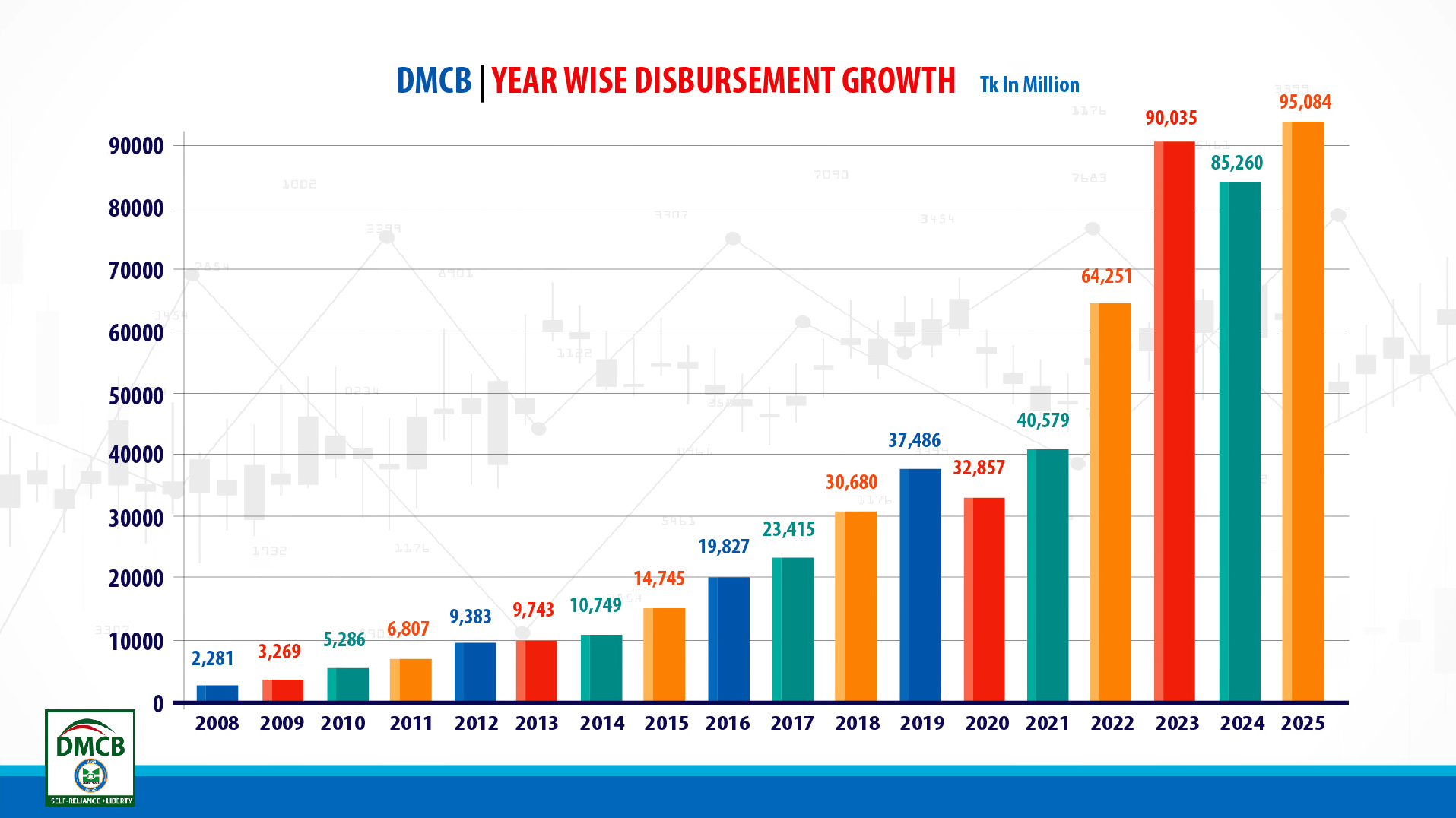
Collection
A Collection is the act or process of getting things from different places and bringing them together. However, It is a group of objects or an amount of material accumulated in one location, especially for some purpose or as a result of some process.
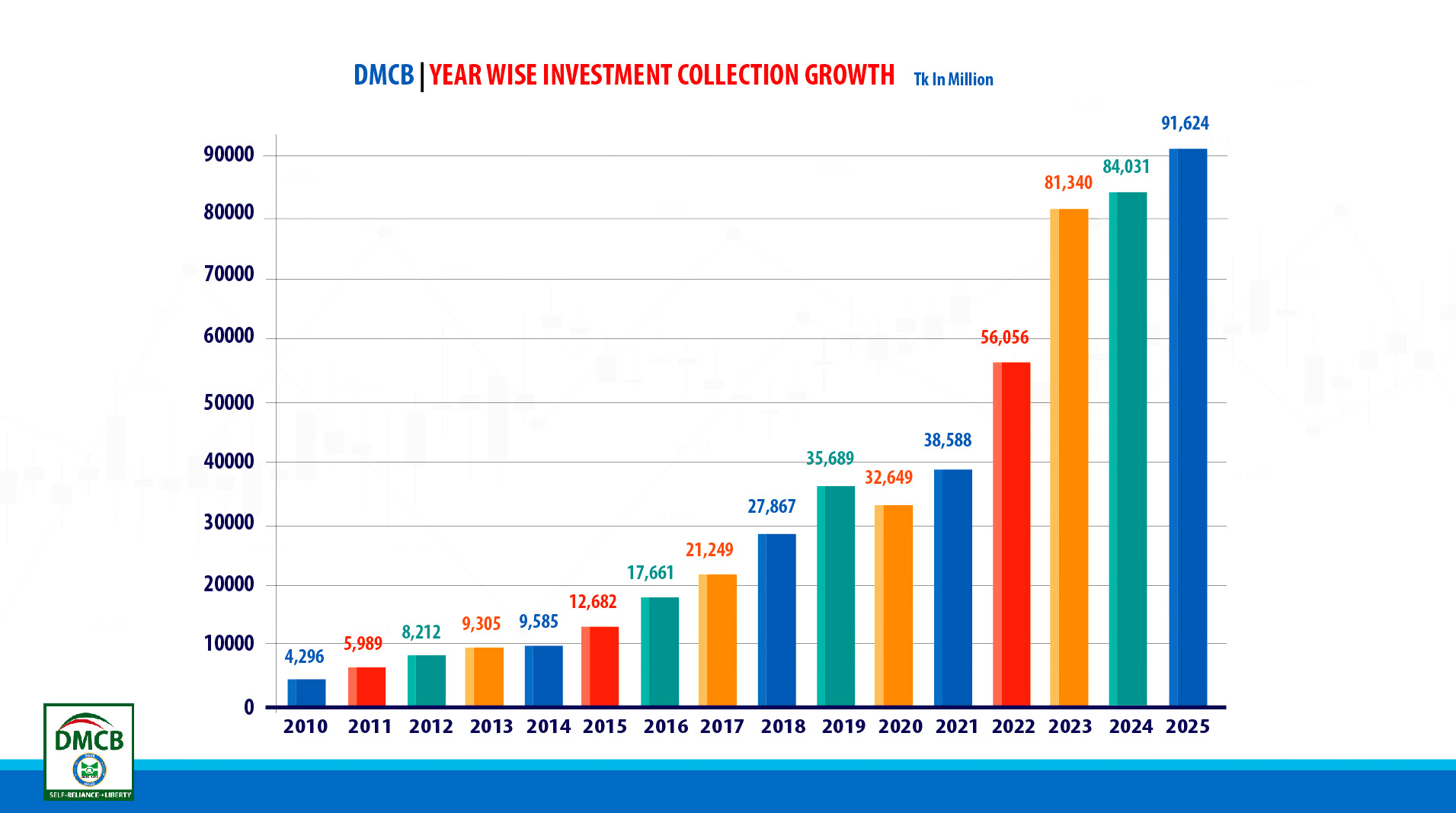
Profit & Loss
The concepts in Profit and Loss play a fundamental role in the realm of economics and accounting. The chapter will discuss the important aspects of profit and loss like cost price, and fixed, variable and semi-variable cost, selling price, marked price, list price, margin etc. Here we will see all these and many more sections, providing you with the most complete and the most concise collection of these concepts.
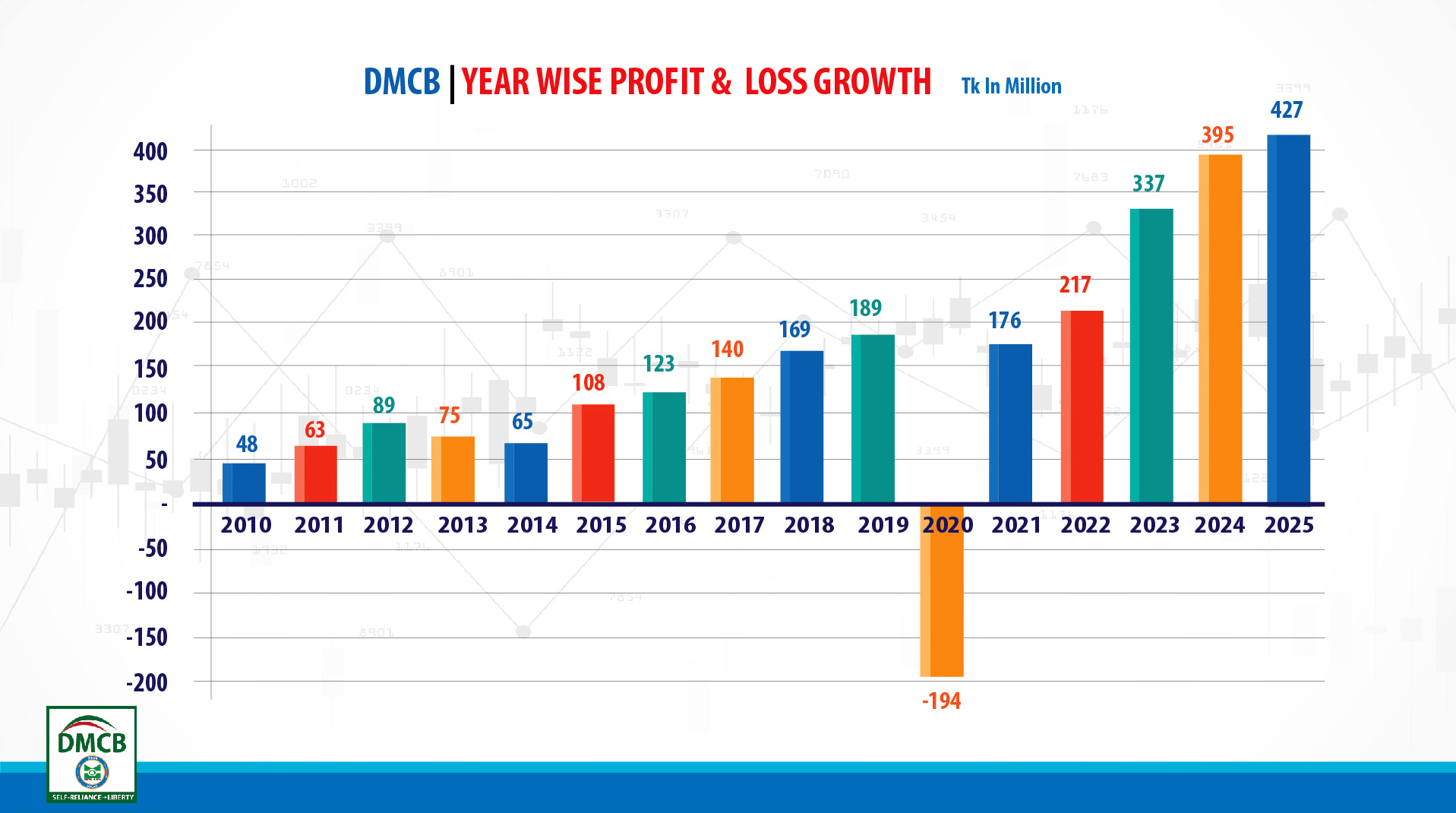
Cost of Fund
Cost of Funds is the weighted average interest rate of the interest-bearing liabilities of a non bank financial institution. Cost of Funds Index (CoFI) reflects the weighted average interest rate reported for a given month by the non bank financial institutions..



